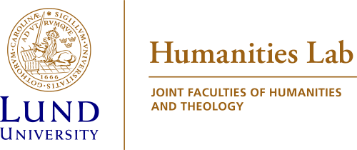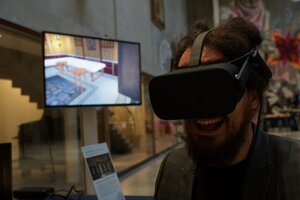Virtual Reality
Virtual reality (VR) is a technique to visualize and interact with 3D data and simulated or 3D scanned environments. VR has become synonymous with using so called head-mounted displays, i.e. stereoscopic headsets that are tracked in 3D space. The lab provides access to both tethered (connected to PC) and standalone (with built-in computer) headsets, and support for several research-related applications. Examples include: exploring and sharing 3D visualizations, stimulus presentation, 3D and 2D eye-tracking, logging motion data and integration with external motion capture system.
Contact: vrhumlab.luse

